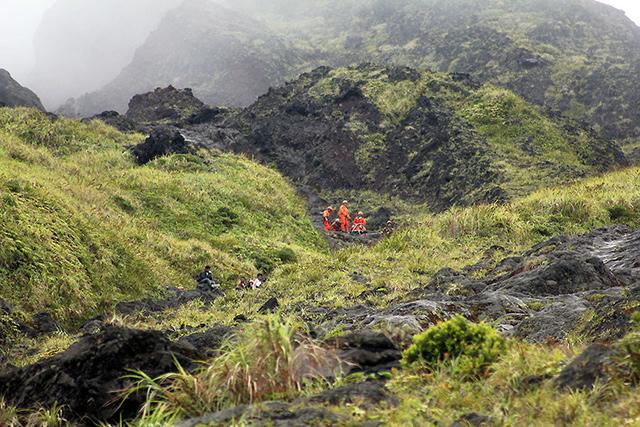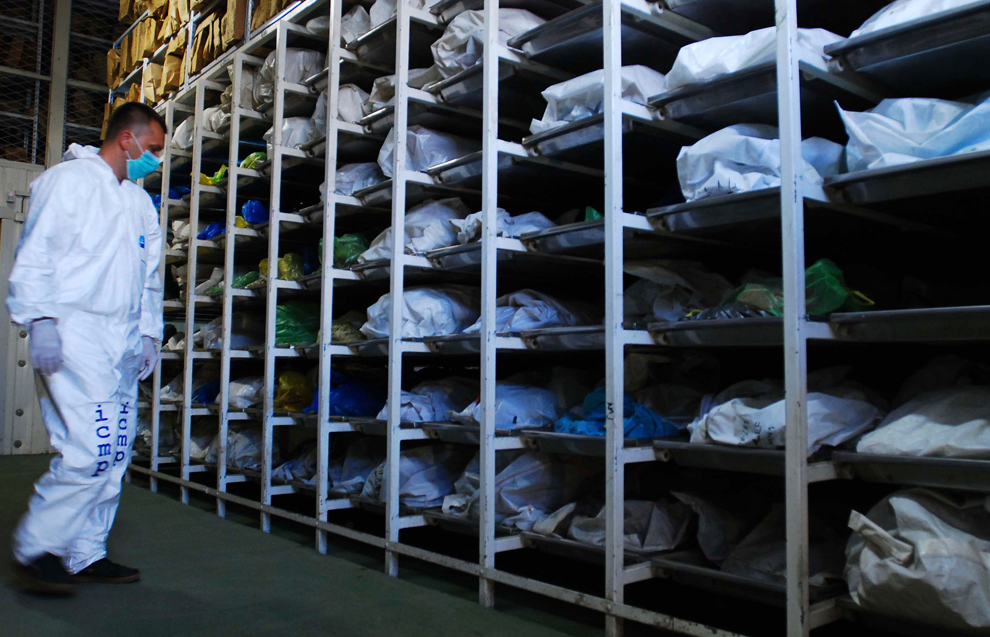
Sunday 12 May 2013 marks the fifth anniversary of the 2008 Sichuan earthquake.
In terms of the energy released, the Magnitude 7.9 earthquake that struck Sichuan province in China in May 2008 was not a record-setter. But the destruction it wrought, and the number of people it affected, certainly make it a stand-out event, writes James Daniell from the Earthquake Report website.
The impact of the Sichuan quake was not only felt through the death toll and significant economic loss but also in terms of the sheer number of people affected.
It was mid-afternoon, when school and university classes were being taught, office workers had returned to their desks from lunch, and the Sichuan working day was in full swing.
Eighty kilometres away (50 miles) from the 7.6-million-person megacity of Chengdu, 19km under the Earth, the fault began to rupture. The fault broke over a length of 240km.
Nothing could have prepared the people of Sichuan and the neighbouring provinces for the onset of over two minutes of shaking.
Poor infrastructure
The mud-brick houses, and even reinforced concrete buildings near the fault-break, stood no chance and were damaged immediately, many also collapsing.
Schools were unfortunately also not built to withstand such an earthquake, with many collapsed classrooms contributing to the deaths of thousands of children.
The scenes of death and destruction as well as the massive recovery effort needed prompted, for the first time in recent history, a request by China for international assistance.
But in the last few years, we have seen many damaging earthquakes - L'Aquila 2009, Haiti and Chile in 2010, Japan and New Zealand in 2011. Why must we remember Sichuan and why was it so significant?
The earthquake in terms of economic losses was the second highest in absolute numbers in history, very close to that of Japan's Tohoku earthquake. It eclipsed significantly the Kobe and American Northridge earthquakes when taking into account the prices of goods in China and that of other nations.
This earthquake had the highest homeless count in history with at least 4,800,000 people requiring shelter due to their houses being destroyed, with some estimates being as high as 10 million people needing shelter after the quake.
More than five million rooms (around 1.5 million houses) were destroyed, and over 21 million rooms were damaged (around 6 million houses). This is more than the number of houses that are in the entire country of Australia.
This homeless total dwarfed also the numbers seen in Haiti and in other historical quakes.
The destruction of houses via shaking, and the landslides contributed to one of the highest death tolls (7th) in the last 100 years worldwide. The 87,000 fatalities and over 370,000 injuries left a lasting impact on families throughout the province.
Important lessons
Memorials will be held over the coming days in memory of this cruel event.
It should serve not only as a memorial to those who were lost in the Sichuan event, but also as a reminder that building better for earthquakes can save lives and money.
In the recent Sichuan earthquake in Ya'an on 20 April, it was reported that none of the buildings built since the Sichuan earthquakes collapsed.
Many that experienced a similar level of shaking as the 2008 event suffered much less damage. This seems to indicate the Chinese government and people are working hard to reduce the number of fatalities in possible future earthquakes through better building codes and implementation.
According to the UN, Asia is the world's most disaster-prone region.
In the last decade, most disaster deaths in the region were caused by earthquakes (68%), while economic losses were also mainly due to this disaster type (United Nations Office for Disaster Risk Reduction, 2012).
The recent factory collapse in Bangladesh without earthquake shaking reminds us of the vulnerability of some of the Asian building stock.
As we remember those lost from this event as well as the Sichuan 2008 event upon this fifth anniversary, let these reminders be the catalyst for improving building standards and striving for a world with safer buildings through earthquake-resistant building practices and reductions in corruption.
Thursday 9 May 2013
http://www.bbc.co.uk/news/science-environment-22398684




